Voigtlander SUPER WIDE HELIAR 15mm F4.5
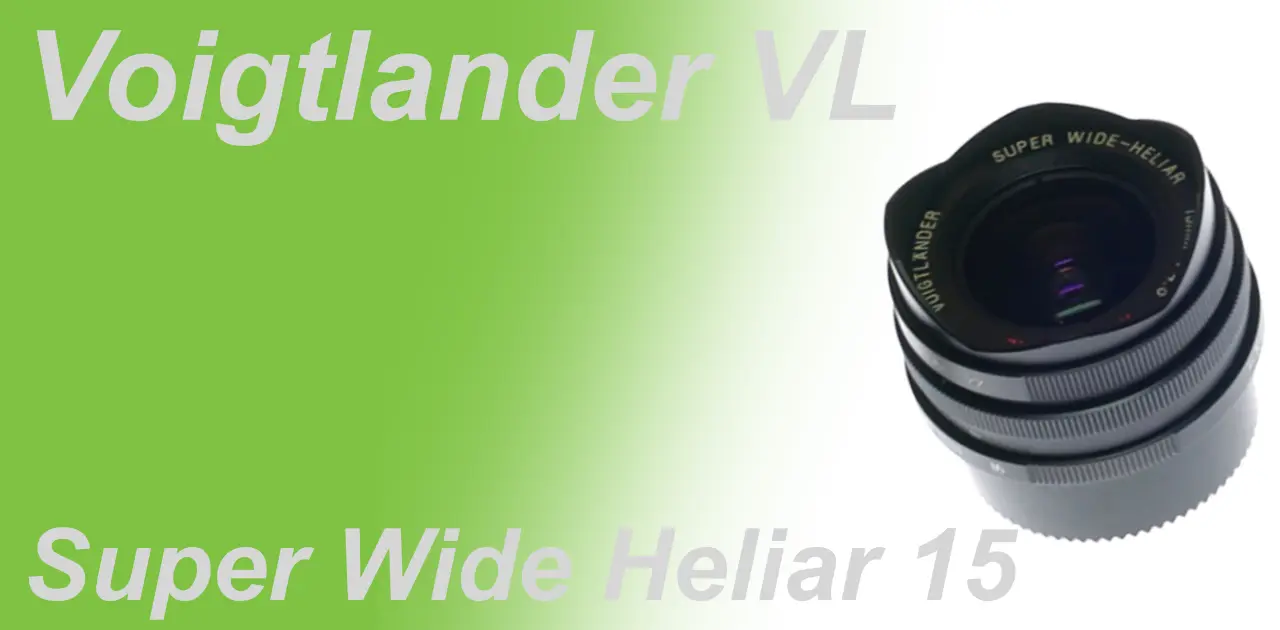
L39 screw mount 15mm ultra-wide-angle lens
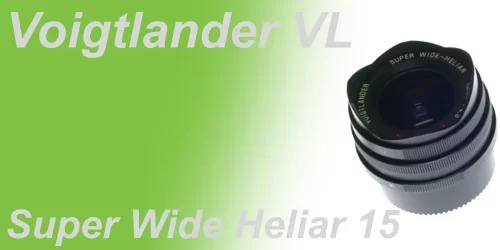
A review and photo examples of the Voigtlander Super Wide Heliar 15mm F4.5.
Table of contents
Gallery
フォギャラリー
- The sample photos were taken with the LEICA M9 and EPSON R-D1.
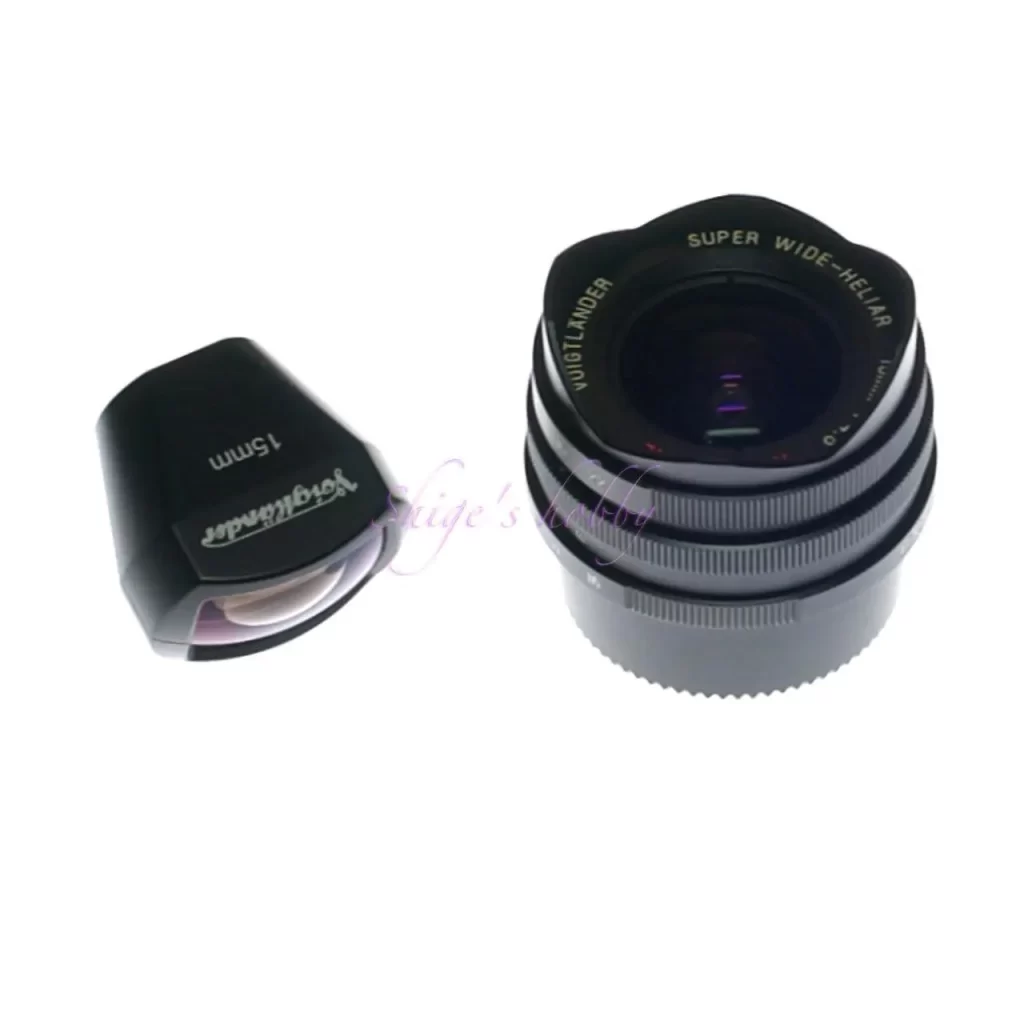
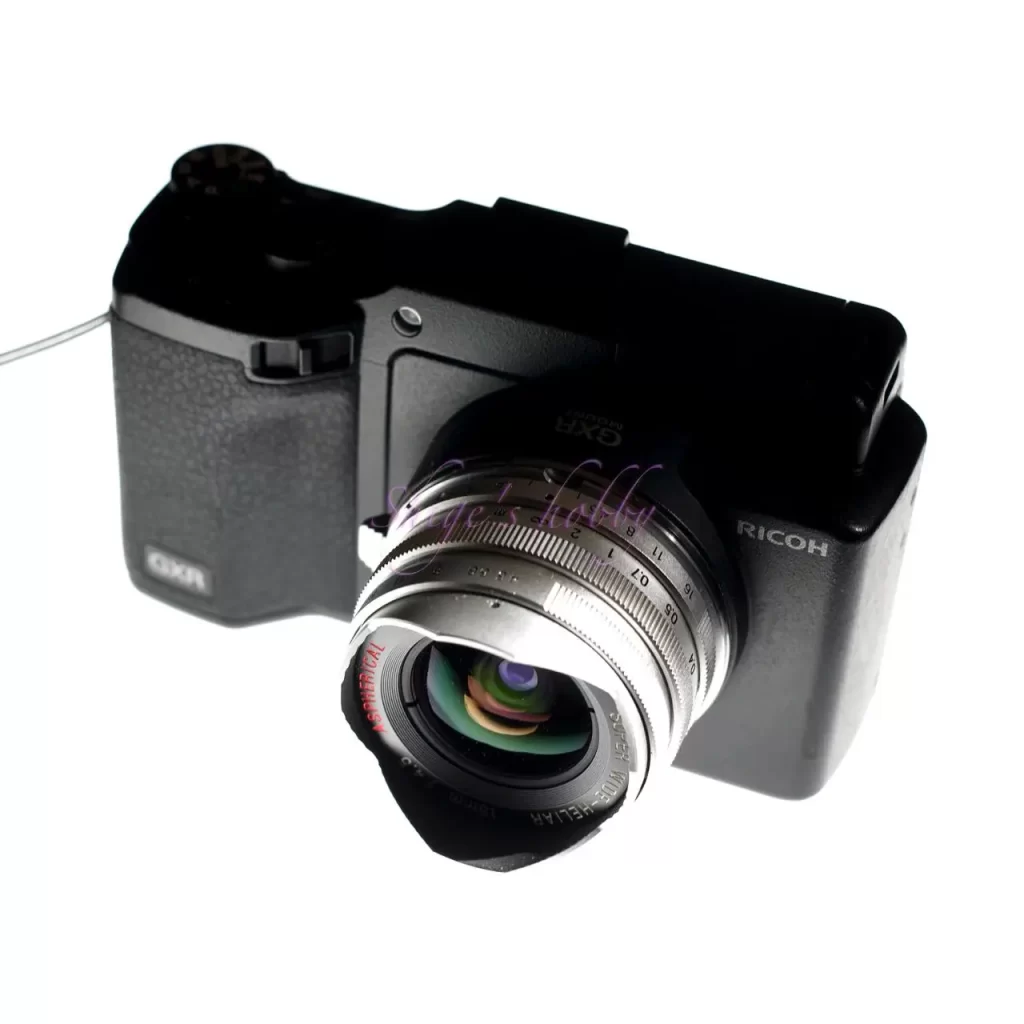
Review
The Super Wide Heliar 15mm F4.5 is an ultra-wide-angle lens with an L39 screw mount released by Cosina Voigtlander in 1999.
As described below, this lens has been released over three generations and is still on sale as of 2024. The price has increased since the third generation, but it is still reasonably priced. In line with the times, E-mount and Z-mount versions have also been released.
This lens was first used with the Epson R-D1, and the lens’s original focal length of 15mm becomes a 22.5mm wide-angle lens on the R-D1’s APS-C size sensor.
The R-D1’s built-in viewfinder does not support a focal length of 22.5mm, so I composed the shot with a 24mm external viewfinder. Since the field of view is originally about 85%, this level of roughness is sufficient. You need to be careful about parallax when taking close-up shots, but if you worry about that, you won’t be able to enjoy a rangefinder camera.
Ricoh’s GXR M mount also has an APS-C size sensor, so it has a similar focal length. This lens uses the rear LCD or EVF, so you can accurately adjust the composition closer to the R-D1.
I’ve been using this lens for a long time because of its wide focal length and excellent image quality, and with the Leica M8’s APS-H size sensor, the focal length is 20mm, which gives it a wider angle feel.
I used this lens with the Leica M9 at its original angle of view of 15mm, and as you can see from the sample images, even with the Leica M9’s Kodak 35mm full-size sensor, which has a strong character, it has sufficient resolution in the center, there is no color cast that is common with wide-angle lenses, and the light falloff and image distortion in the periphery are not noticeable, so it is a lens that can be used with confidence.
One slight drawback is that the background bokeh can be dirty when you get close, but this is probably due to the fact that you can get as close as 0.3m, but the functional advantage of being able to get close is important, so if you are careful about how you use it, it shouldn’t be a problem.
The first Super Wide Heliar 15mm introduced here has to be used by eye because the rangefinder does not work with M-type rangefinder cameras. Since it is a dark lens with an open aperture of F4.5, even at the open aperture, the focus plane is not greatly missed when shooting by eyeballing the approximate distance. Another advantage is that the minimum shooting distance is 0.3m, which allows you to get close.
The first 15mm was an L39 screw mount, but the second generation became an M-mount compatible VM mount and was improved to work with the rangefinder of Leica M-type cameras. However, the minimum shooting distance of the second and third VM mount versions was changed to 0.5m.
A year after the VM mount version, the Sony E mount version was released, and in 2023, the Nikon Z mount version was released with the “III” removed from the name.
The minimum shooting distance has been shortened to 0.3m for the E mount and 0.126m for the Z mount, and although the lens configuration is the same, improvements have been made to the lens to accommodate the digital age, such as linking with the in-body image stabilization and transmitting lens information to the camera.
The mirrorless mount version offers the value of buying a dedicated mount product, such as improved minimum shooting distance, which is clearly a different stance from the release format of the SLR era, where only the mount part was changed. Since making a dedicated product also carries sales risks of having inventory, is this a technique that can be achieved by optimizing parts inventory with the spread of mirrorless cameras and the improvement of the accuracy of sales forecasts?
The VM mount version is positioned as a general-purpose lens, and is a lens to be used via a mount adapter for minor mirrorless cameras that are not expected to sell well enough to make a dedicated mount. It was unimaginable several decades ago that the M mount, which was a solitary mount in the SLR era, would establish itself as a universal mount.
The Hologon 15mm and Hologon 16mm have a similar angle of view, but these are lenses with completely different characteristics. As explained on the Hologon 16mm page, the Hologon, with its rear lens extremely close to the film surface, is highly likely to produce color casts on digital cameras and has a large amount of light loss in the periphery, so for normal photography, it makes sense to choose the Ultra Wide Heliar 15mm.
It’s true that the Hologon has an appeal that goes beyond reason, so if you’re tired of regular wide-angle lenses, why not give it a try? However, many people get tired of them and put them up for sale, so it seems like there’s always a stock of used Hologon 16mms on the market.
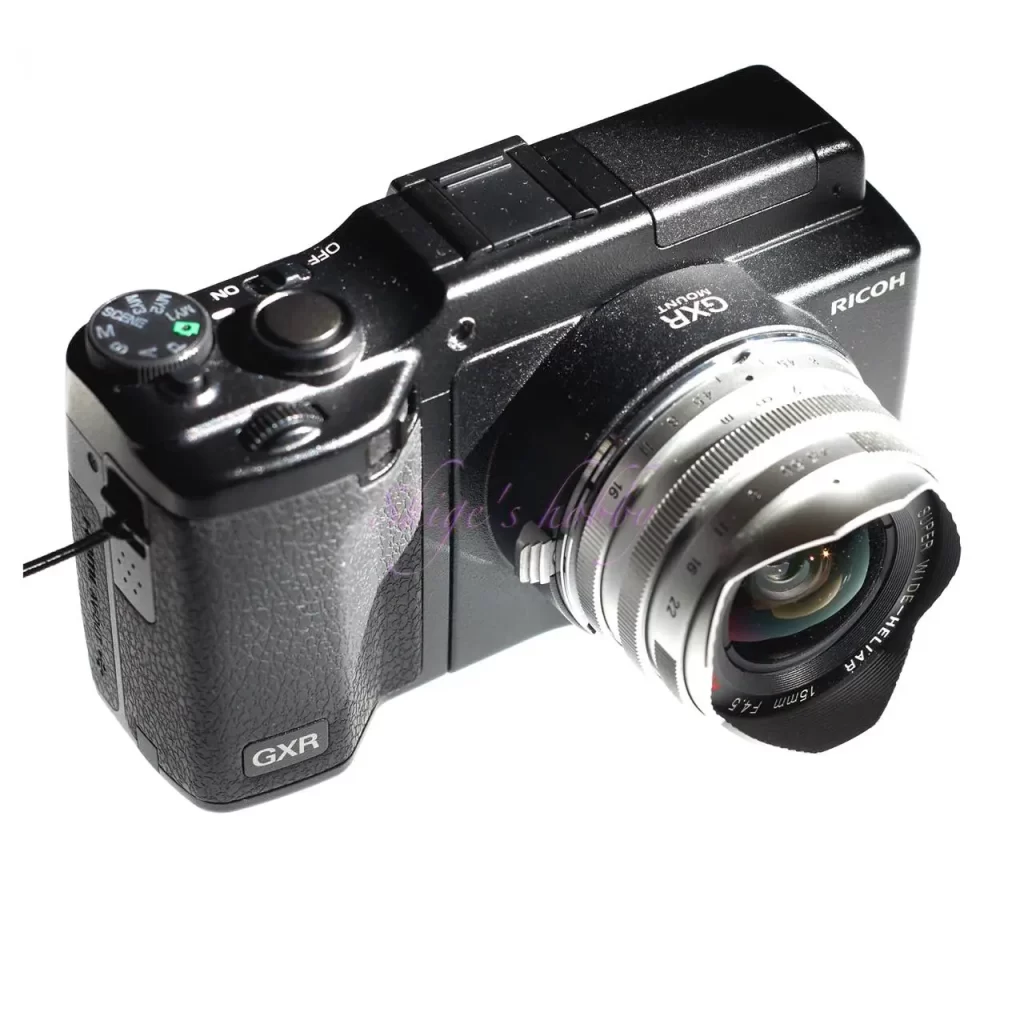
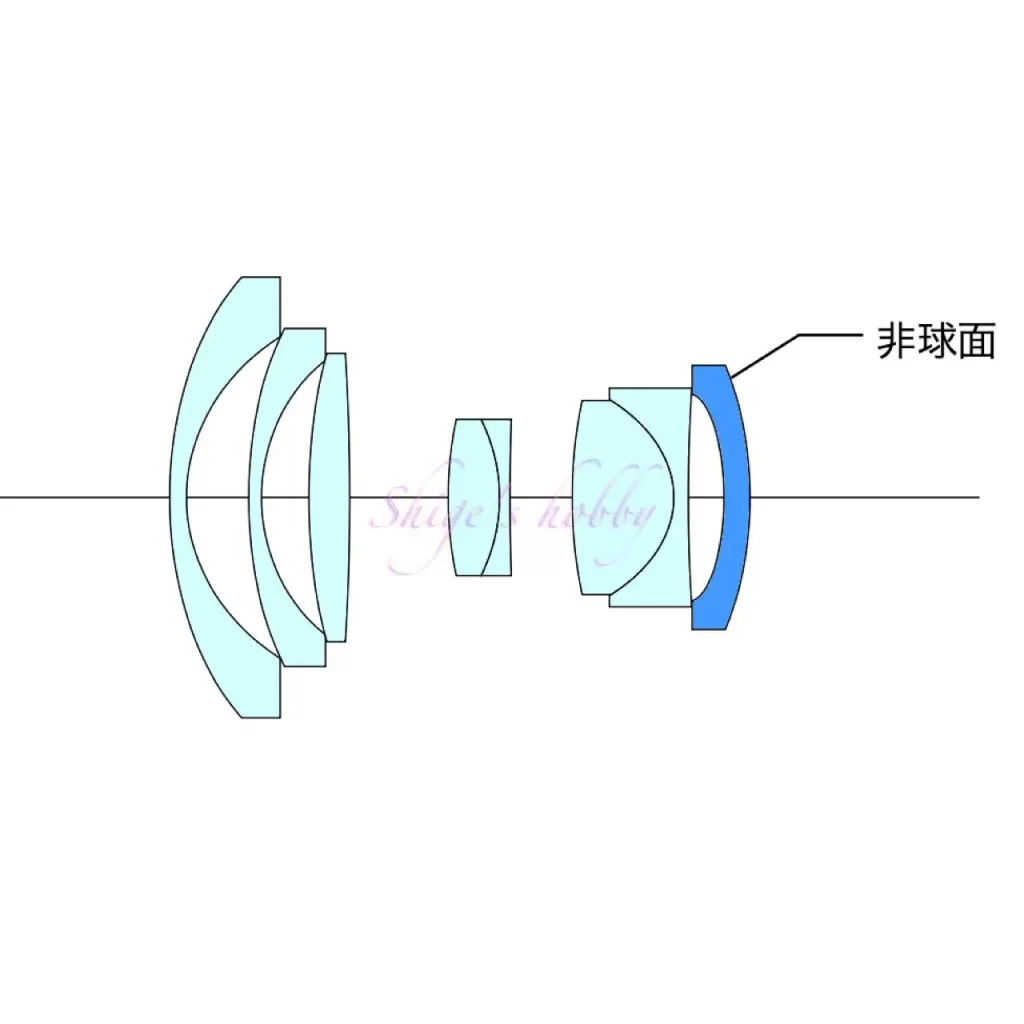
Specification and Competitor
| Lens name | Super Wide Heliar 15mm, first generation | 2nd | 3rd | E-mount | Z-mount |
| Focal length(mm) | 15 | ← | ← | ← | ← |
| Max aperture | 4.5 | ← | ← | ← | ← |
| Min aperture | 22 | ← | ← | ← | ← |
| Leaf blade | 9 | 10 | ← | ← | ← |
| Lens Construction | 8elements in 6 groups,1 aspherical lens | ← | 11elements in 9 groups | ← | ← |
| Min distance(m) | 0.3 (non-rangefinder coupled) | 0.5 | ← | 0.3 | 0.126 |
| Lens mount | L39スクリュー | VM | ← | E | Z |
| Lens length(mm) | 30.7 | 38.2 | 55.2 | 62.3 | 67 |
| Max diameter(mm) | 49.6 | 59.4 | 64.8 | 66.4 | 67.6 |
| Filter Size(mm) | – | 52 | 58 | ← | ← |
| Lens hood | Lens built-in | ← | ← | ← | Dedicated detachable type |
| Weight(g) | 105 | 156 | 247 | 290 | |
| Release date | 1999.02 | 2009.4 | 2015.3.19 | 2016.4.27 | 2023.2.7 |
| Price(Yen/No-tax) | 65,000(sv)/ 65,000(bl) | 65,000 | 95,000 | ← | 118,000 |
Reference links
- COSINA製品PDF(Super Wide-Heliar 15mm f/4.5 Aspherical)
- COSINA製品PDF(Voigtlander Super Wide-Heliar 15mm f/4.5 Aspherical II)
- Voigtlander Super Wide-Heliar 15mm f/4.5 Aspherical III VM-Mount
- Voigtlander Super Wide-Heliar 15mm f/4.5 Aspherical III SONY E-Mount
- Voigtlander Super Wide-Heliar 15mm f/4.5 Aspherical NIKON Z-Mount
Update history
- 2024.8.5

Leave a Reply